Braemar Gathering THE

Scotland, the Highland Games, and the Braemar Gathering. written and designed by Laura
Latham


Scotland, the Highland Games, and the Braemar Gathering. written and designed by Laura
Latham
Scotland, the Highland Games, and the Braemar Gathering. written and designed by Laura Latham

Scotland: Land of the Scots. Early historic Scotland was a melting pot of different groups –the Britons, the Picts, the Angles, the Gaels (Scots) and the Norse. The medieval period saw a gradual expansion of the Scottish kingdom, with the 12th century bringing the Kingdom of Alba into a feudal society era.
In 1297, King Edward I of England tried to acquire rule over Scotland, but the Scots were able to force the English to retreat and continued the fight for independence. The Renaissance era brought significant changes to Scotland; education, intellectual life, art, architecture, music and
politics all advanced in the late 15th century. In 1746, a period known as the Highland Clearances began. Laws were introduced in an attempt to assimilate the Highlanders; wearing traditional tartan attire was banned and clan chiefs had their rights to jurisdiction removed.
In the 17th century, Scotland’s industrial advances and wealth came from trading tobacco, sugar, and cotton. The country shifted from rural to urban and mining, shipbuilding and textiles were very important to Scotland’s development during this time. Today, Scotland boasts many innovative accomplishments.
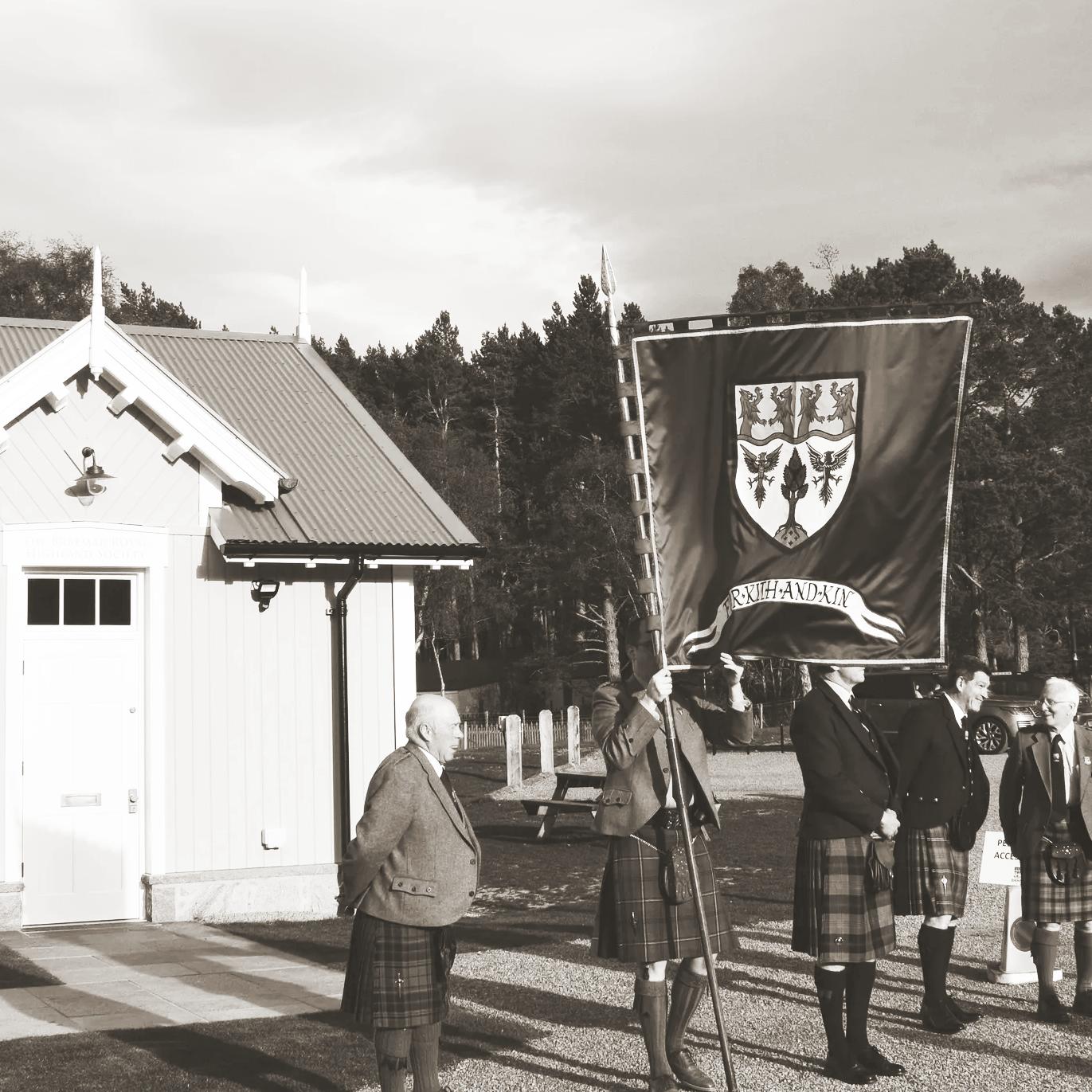
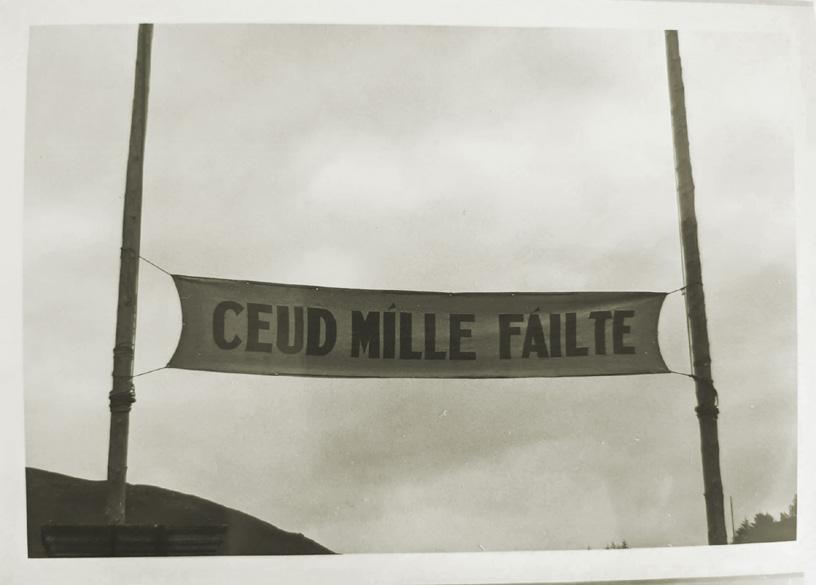
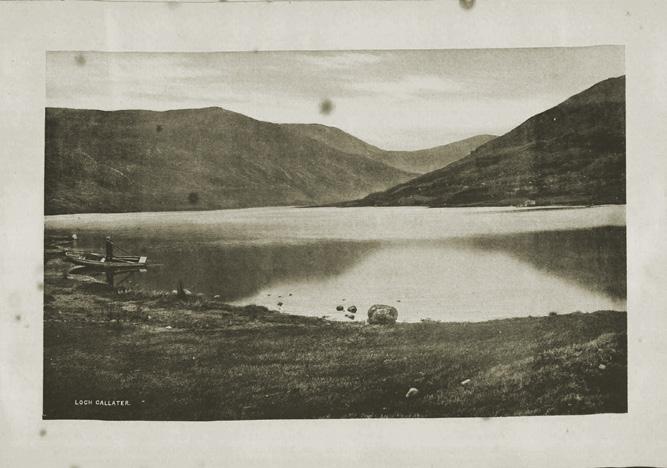
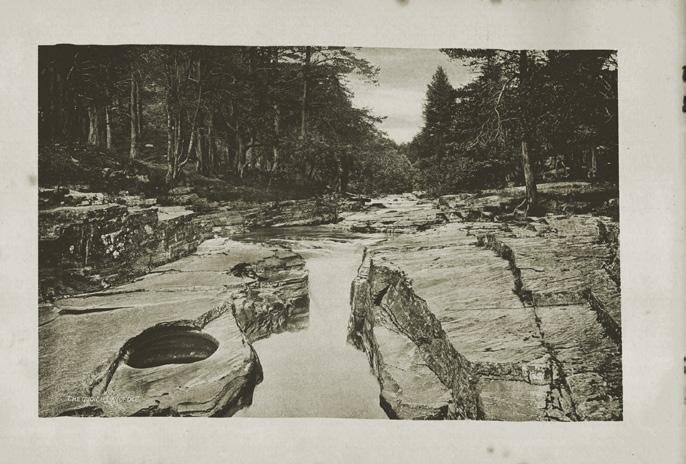



The Cairngorms make up the largest National Park in Britain and cover parts of Aberdeenshire, Moray, Highland, Angus and Perth and Kinross. It’s 4528 sq kilometers in area and nearly half of the land in the Cairngorms National Park is considered “wild land”. Separated by the great bulk of the mountains, different areas of the Cairngorms have their own distinct identity and cultural traditions, but they share deep connections to the same environments.
The Cairngorms are one of the best, most unique wildlife habitats in the UK– it’s home to a quarter of the UK’s threatened species, like ptarmigans, dotterels, golden eagles, ospreys, pine martens, wildcats, and more. The Cairngorms are one of the few places that contain remnants of Caledonian forest that used to cover the entirety of Scotland. The Cairngorms are steeped in a rich cultural history, which seeps out of every nook and cranny, corrie and cairn.
The Cairngorms National Park is located in the Scottish Highlands, 127 miles north of Edinburgh.
Ben Macdui
4,295 feet tall
Tartan refers to the pattern of interlocking stripes, running in both the warp and weft of the cloth, or any representation of such a woven design in other media. The earliest known tartan in Scotland can be dated to the 3rd or 4th century. Originally, tartan designs had no names nor symbolic meaning.
All tartan cloth was handwoven and usually supplied locally.
It became so popular in Scottish Highland culture that by the 17th and 18th centuries, tartan was seen to be a characteristic of Highland dress.
It was so identified with the Highland Gael that after the Battle of Culloden in 1746, the British government forbade the wearing of tartan in the HIghlands, in an attempt to suppress Scottish culture.
Though clan tartans are most well known, tartans can represent many different things. Some tartans represent families, towns, districts, corporations, individuals, events, and more. What makes a tartan “official” or “authentic” is not age or antiquity, but whether it has the approval of a governing body of what the tartan represents.
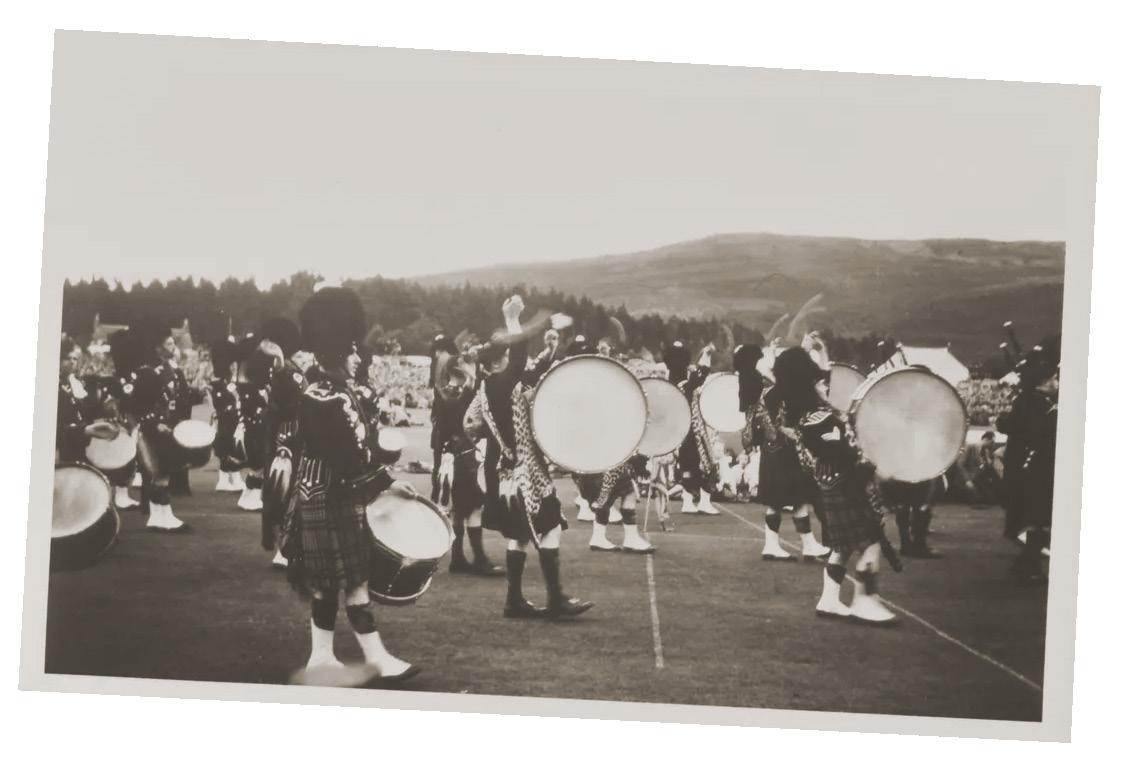
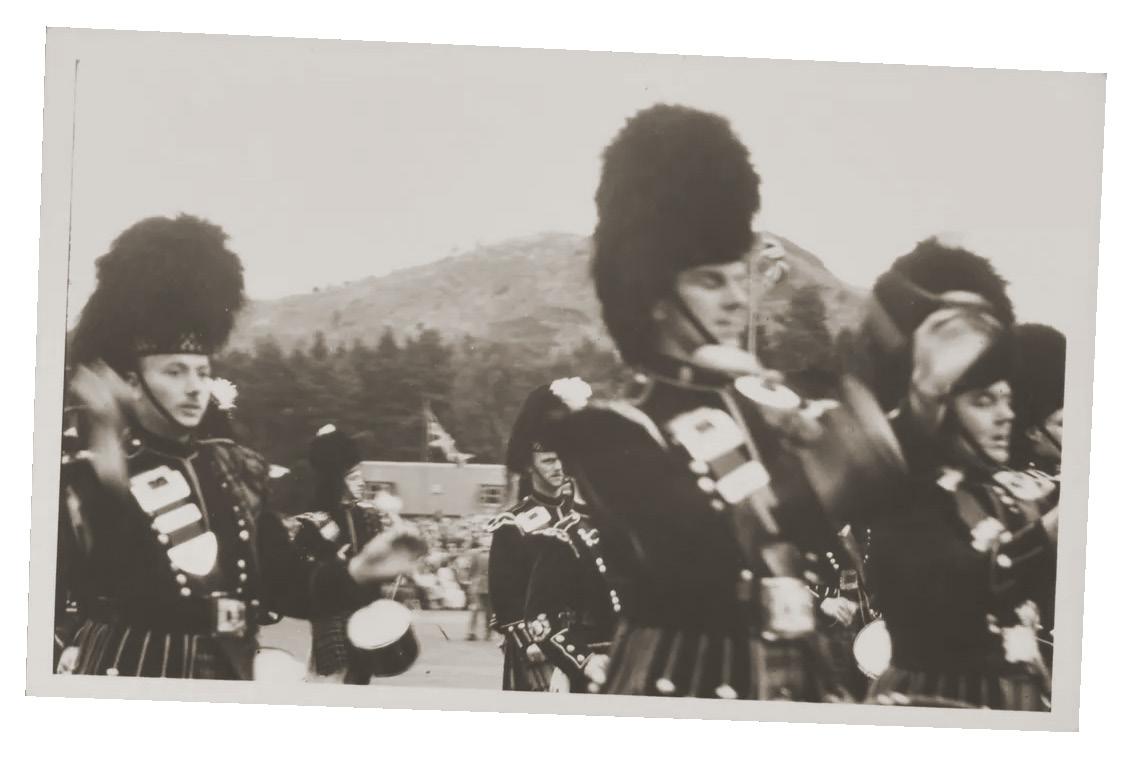
Tartan is worn at formal events and at the Highland Games
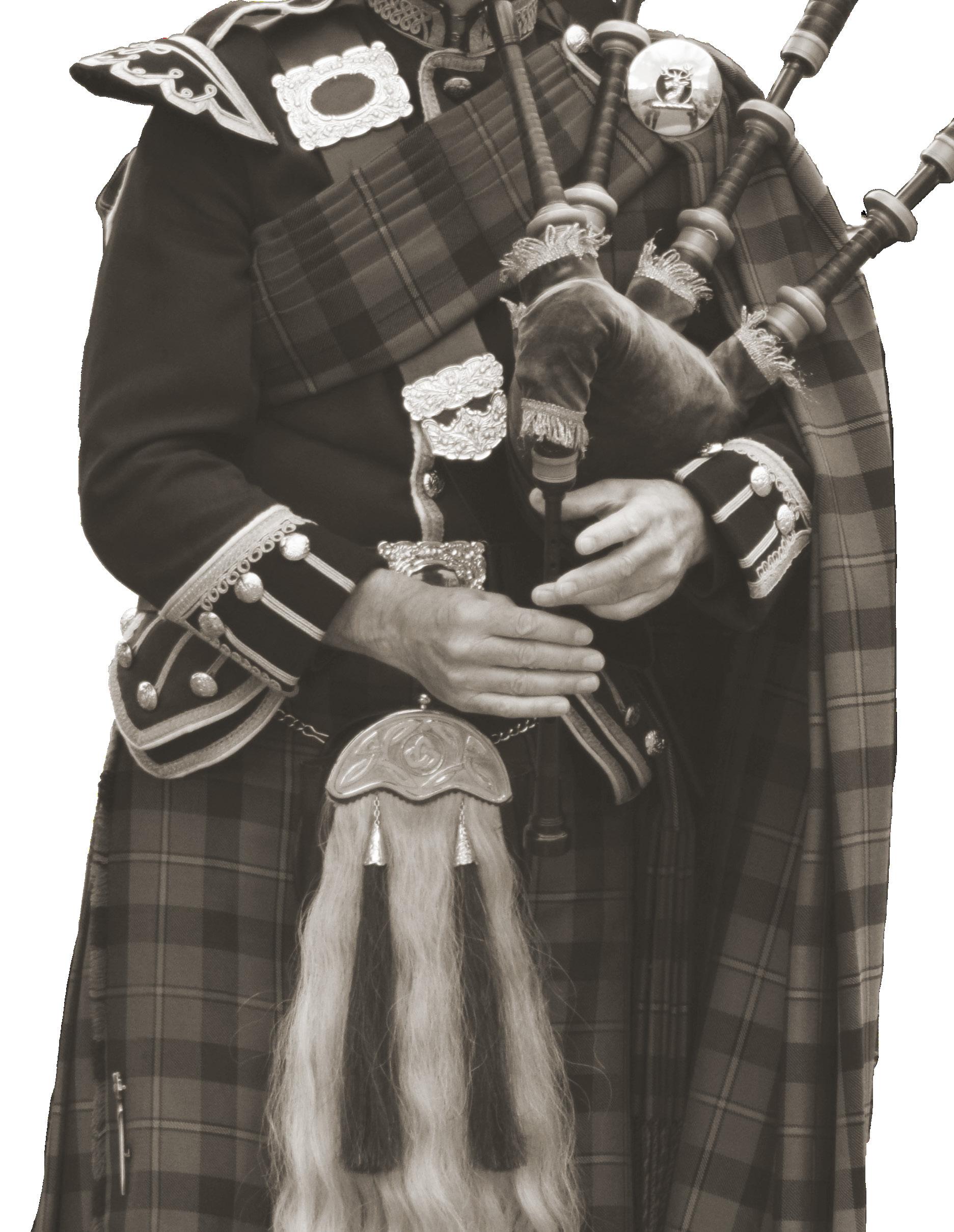
Scotland’s Highland Games are events which take place across the country. They usually comprise a programme of field and track events, piping and Highland dancing competitions. They also include traditional Highland sports and “heavy events” like tug-o-war, the hammer throw and tossing the caber.
The Highland Games are likely to have originated back in 2000 BC
Today, the games remain a stirring celebration of Scottish identity and cultural pride which have endured through centuries of political turmoil and upheaval. The Highland Games originated in Highland Scotland.
Today, Highland Games events take place almost everywhere in Scotland each year and are even celebrated globally. The Highland Games events season begins in
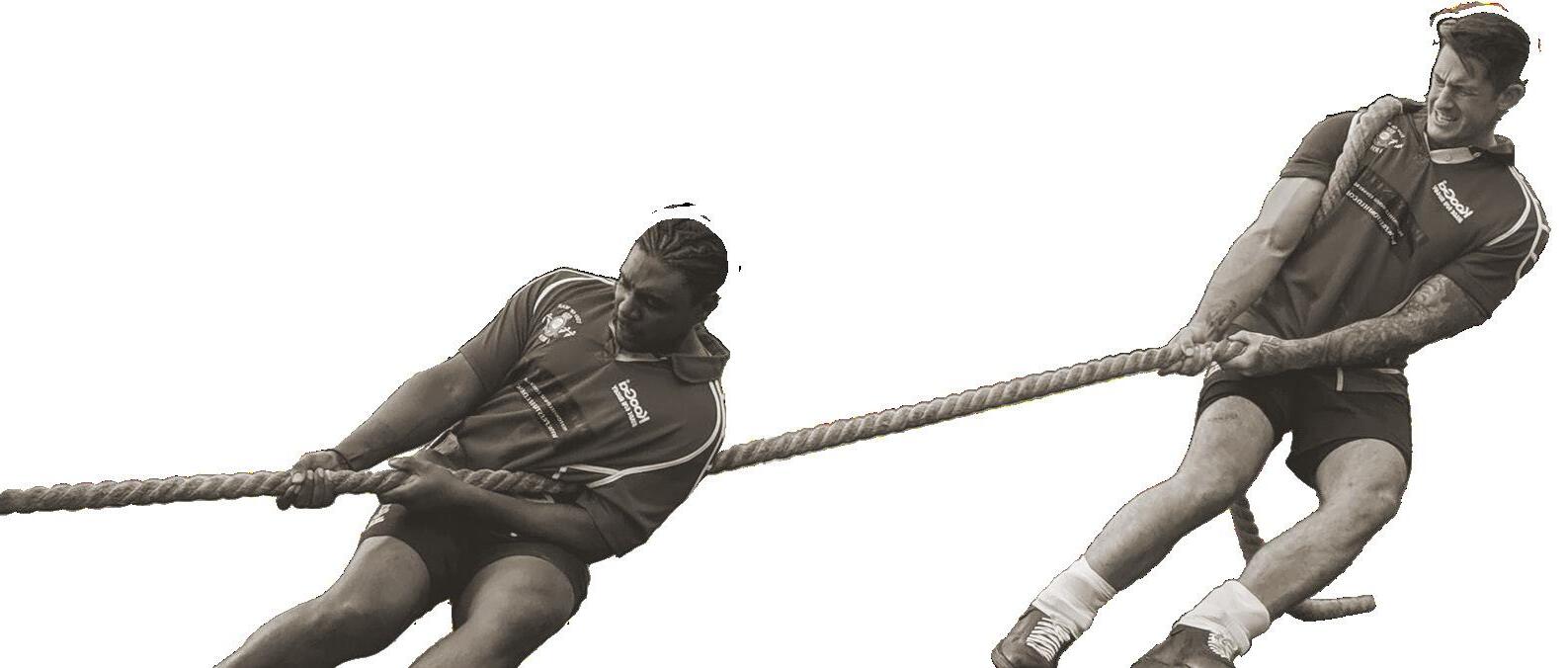
The Braemar Gathering, held in September, is the biggest and most prestigious Highland Games event and enjoys the annual attendance of the Royal Family. The Braemar Gathering was first held in something like its present form in 1832, and has been visited regularly by a reigning monarch since that time. In 1866, the Braemar Highland Society was granted royal status by Queen Victoria. It is the oldest surviving Friendly Society in the UK. Held at The Princess Royal and Duke of Fife Memorial Park each September in the beautiful Cairngorms village of Braemar, it is the proud continuation of an ancient tradition of Gatherings here — one that can be traced back to the time of King Malcolm Canmore, over 900 years ago.
The Games
Heavy events
Pipe bands
Solo Piping
Tug-O-War
Medley Relay
Highland
Dancing
Track Events
Hill Race
Photography from the Braemar Gathering Archives
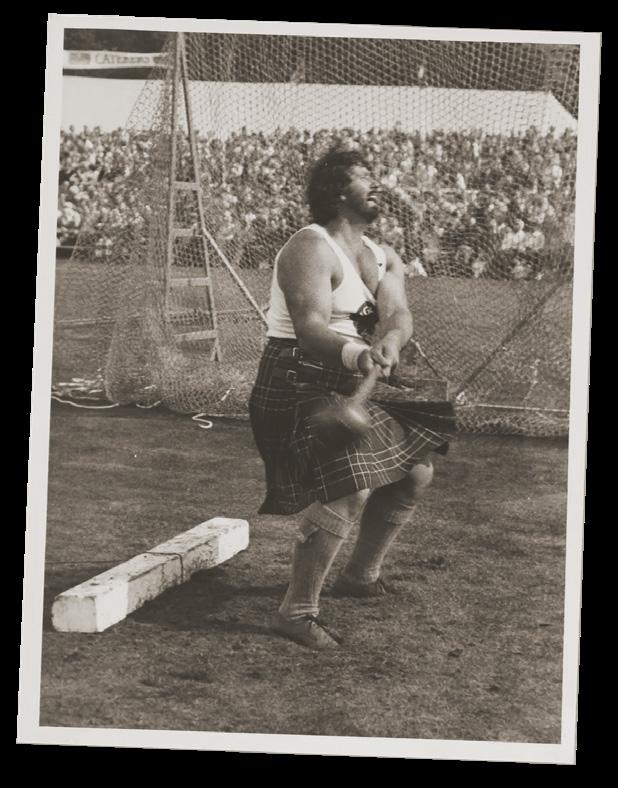
Scotland, the Highland Games, and the Braemar Gathering.
Copyright 2024 by Laura Latham Designed and written by Laura Latham
First published in the USA First Edition
Type used includes Le Monde Livre STD and Avenir.
Sources:
https://www.scotland.org/about-scotland/history
https://www.scotland.org/events/highland-games/about-highland-games
https://cairngorms.co.uk/discover-explore/facts-figures/ https://scottishtartansmuseum.org/education/what-is-tartan/ https://www.braemargathering.org/history
From its early days as a melting pot of Britons, Picts, Gaels, and Norse, to its medieval struggles for independence, Scotland’s rich history is marked by fierce battles, cultural transformation, and a profound connection to its rugged landscape. Today, the Cairngorms National Park stands as a symbol of Scotland’s natural beauty, teeming with wildlife and steeped in centuries-old traditions. Discover the origins of tartan, the enduring spirit of the Highland Games, and Scotland’s vibrant cultural heritage that continues to inspire pride and unity. With its landscapes, history, and people, Scotland remains a land of enduring beauty and resilience, where the past and present are woven together in a tapestry of story and tradition.

written and
designed
by Laura Latham